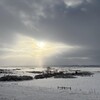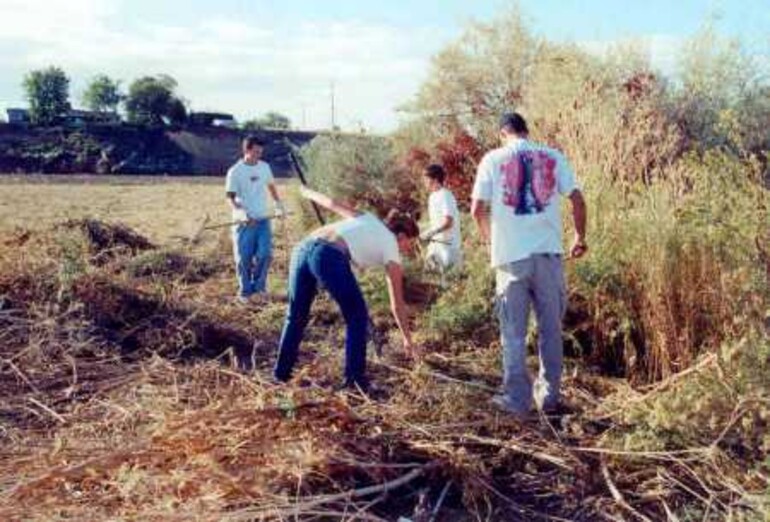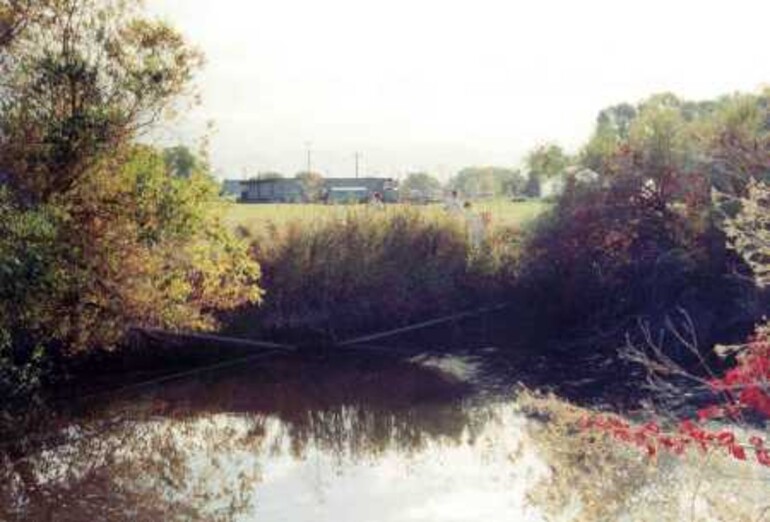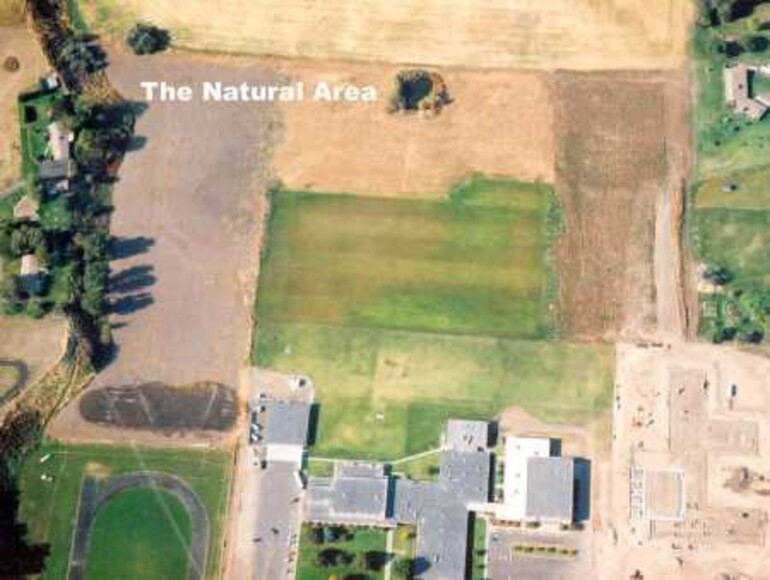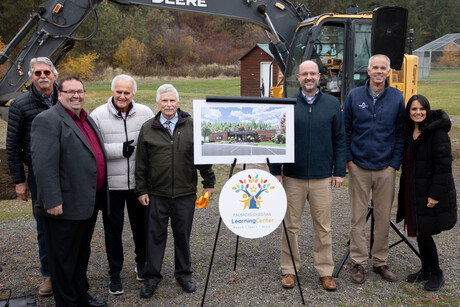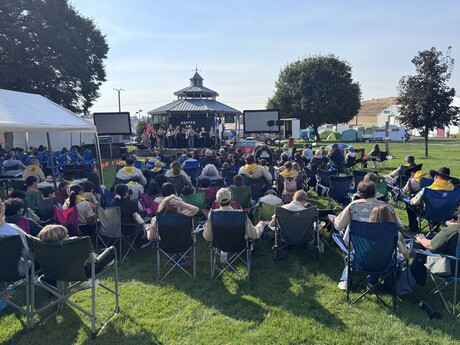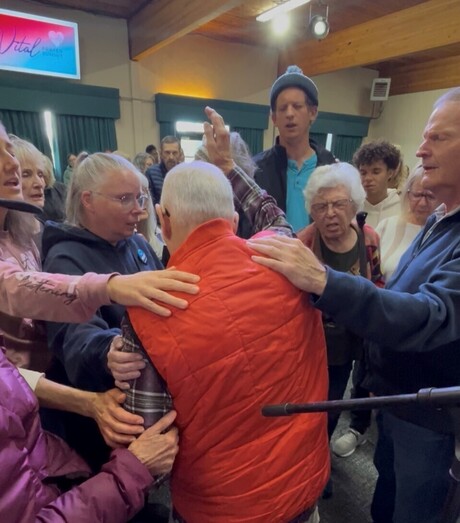Walla Walla Valley Academy (WWVA) biology students have launched an educational adventure that promises to become a legacy.
A property trade between Clara E. Rogers Elementary School and WWVA provided suitable land for the new elementary school and gave the academy additional playing fields and five acres of fallow farm property, including an old irrigation pond.
To most eyes, the pond was a mosquito nursery guarded by an impenetrable barrier of invasive weeds. Noticing that ducks, frogs, turtles and songbirds were attracted to this postage stamp-sized bit of water, Gail Redberg, biology teacher, began to dream of a natural pond with an island and a marsh surrounded by reeds, willows and other native vegetation.
The biology II class became the avenue for the implementation of this dream. The students cleared access to the pond, made water-table wells, took periodic measurements and studied the soil in the area. This data, combined with information from lectures on Walla Walla's geological and stream history by Joe Young and Jon Cole of Walla Walla College, identified the water source and explained why pond levels changed so dramatically throughout the year.
Kathy Bowman, College Place planning department, and Mark Grandstaff, department of fish and wildlife, gave instruction in land use ordinances and regulations and were helpful in filling out the permit and Landowner Incentive Program (LIP) grant applications.
With the help of a landscape architect and environmental scientist from the U.S. Army Corp of Engineers, a restoration plan was developed. The Backyard Stream Team helped to compile lists of native plants from the accounts of Lewis and Clark that would provide food and cover for wildlife and donated shrubs for around the pond. A habitat biologist and hydrologist from the Confederated Tribes of the Umatilla gave guidance on successful methods of establishing vigorous native grasses and developing strategies for monitoring wildlife populations.
A local business donated a day’s work for an excavator and other equipment to create a shallow channel and island, which the students prepared and planted with a native grass-seed mixture. The rest of the acreage will be planted this fall with native plants donated by the department of transportation.
A $3,000 LIP matching grant was awarded to this project to develop habitat that will support those at-risk species traditionally found in the area. The students will monitor changes in plant and animal communities over time with the methods and tools used by scientists in the field. Small study plots will provide opportunities to conduct original experiments.
Long-range goals include developing a walking path with kiosks and pamphlets describing the communities and ecosystem dynamics in each area and increasing awareness of the benefits of planning for native habitat restoration. It is hoped that the Walla Walla Valley Academy natural area will positively influence students and the community regarding landowner responsibility and stewardship of natural resources.


